What is a wearable?
A wearable is a portable tech device that can be placed anywhere on the body. Wearables can be smartwatches, fitness bracelets and sports watches, smart rings and smart glasses. A pedometer can be put in your pocket, and a hearable can be both a portable headphone and a hearing aid. A Danish manufacturer has developed a wearable for elite runners which is placed on the stomach. There are wearables that can be operated under the skin or placed on the skin as tattoos. One of the latest versions is the corona necklace, which warns you if you raise your hand to touch your face …
What does a wearable do?
A wearable is a small intelligent measuring device that picks up various signals from your body using sensors and electrodes. Almost day by day, new features are being developed that register the body’s functions. The first fitness watches and smartwatches were designed to collect data from sports and sports activities. But in recent years, manufacturers have gone more and more into so called medical wearables. A modern wearable can almost seem like a portable doctors clinic.
How does a wearable work?
Wearables are equipped with sensors that typically are placed on the back of the smartwatch and the fitness watch displays or inside a finger ring. They continuously collect information about the functions of your body, whether you are asleep or physically active. The sensors are designed to collect a wide range of different biometric data. The manufacturers continuously optimize them to measure more accurately in order for them to be approved by national health authorities as medical devices.
The sensors on an ordinary smartwatch or fitness tracker register
- heart rate (pulse)
- number of steps
- sleep quality and length
- training time and type of training
- walk, run, bike or swim route (if the wearable has GPS)
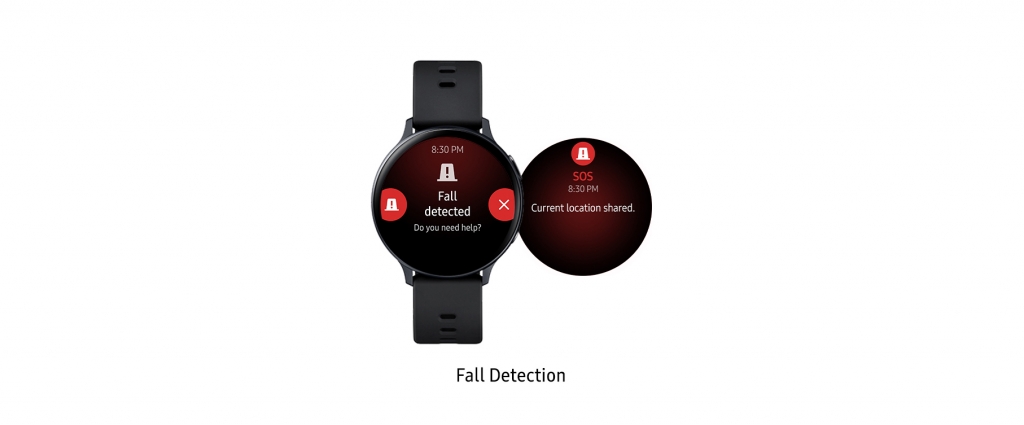
Galaxy Watch registers falls. Foto: Galaxy 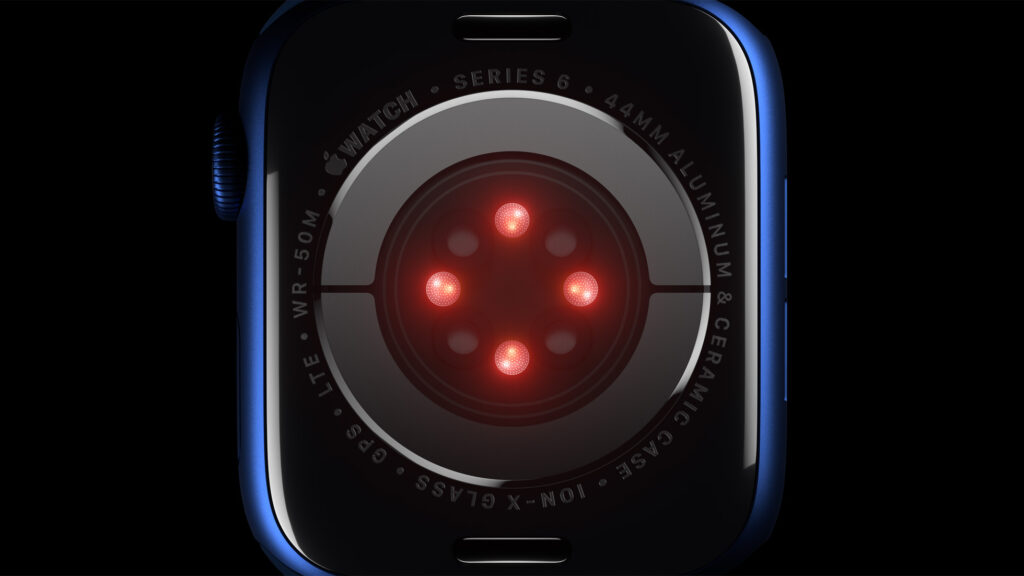
Sensors on Apple Watch registers heart rate. 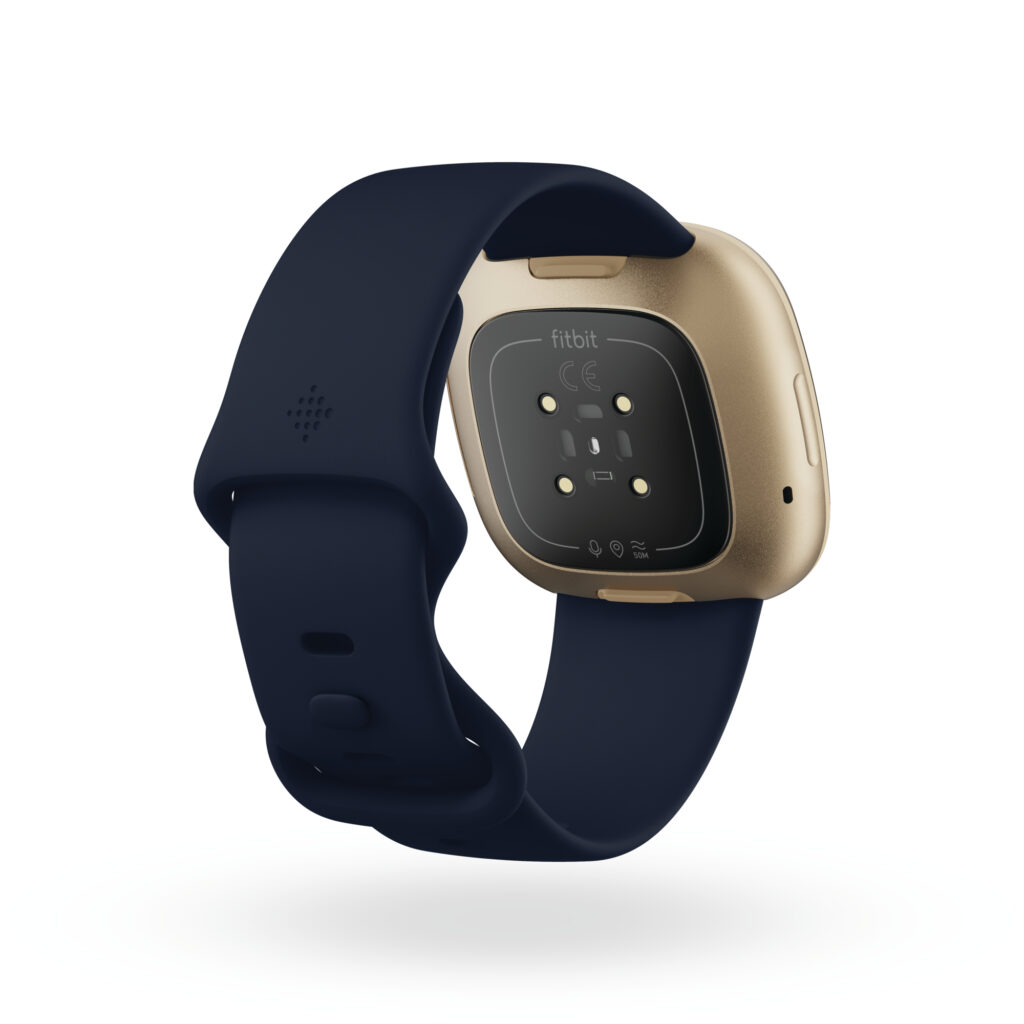
Sensors on Fitbit Versa track activity.
Newer devices are increasingly entering medical measurements like
- blood pressure
- stress level
- fever
- lung function
- blood oxygen uptake, Sp02
- falls, including seizures
- cardiac activity (ECG)
In connection with the corona pandemic, it has been shown that data from wearables can reveal early whether one is infected with Covid-19.
Who are wearable users?
10-15 years ago, smartwatches and fitness watches were used mostly by active and elite athletes.
Today users are people of all ages. Wearables are acquired by people who want to stay in shape, control if they are getting enough exercise and measure their sleep quality. There is still a predominance of younger users, but many seniors have also begun to take an interest in the technology.
New user groups are also people with chronic conditions such as diabetes, high blood pressure, epilepsy and sleep apnea.
Many also invest in wearables to prevent stress. More and more devices have mindfulness and meditation programs and can pick up signals from the body that reveal signs of a hectic and stressful work life.
In 2019, 10 percent of Danes had a wearable, while every fifth American now has invested in one or more portable health devices.
What is the difference between a smartwatch and a fitness tracker?
A smartwatch looks – as the name suggests – like a traditional watch with a round or square dial, while a fitness watch is more like a bracelet. In recent years, the two types of wearables have merged more and more. The difference lies first and foremost in the features that the two devices offer.
Overall, a smartwatch has the same functions as a standard fitness watch, such as step count, heart rate measurement and sleep measurement. But the smart watch’s larger display can be used more as an extension of a smartphone. In some cases, a built-in microphone allows you to answer the call.
The smartwatch can display training videos on the screen, and you can pay with a smartwatch app if your bank has an agreement with the provider.
Advantages of smartwatch:
- Greater independence of the phone, more features and often more accurate measurements.
Benefits of fitness watches:
- Longer battery life, lighter and more manageable wearable, lower price.
How do I read data from my wearable?
Data from wearables is forwarded to an app on your smartphone. The app shows your results with graphs and summaries.
On an advanced sports watch, you will be able to see everything from a VO2 measurement (your maximum oxygen uptake) to how many hours you have spent resting at an auxiliary station on your tracking route.
Even on a cheap smartwatch or fitness watch, you now get advanced measurements of how well the user’s body absorbs oxygen (SpO2) in addition to sleep, heart rate and stride.
These are examples of data on sleep, activity, calories burned and heart rate.
7. How is my data protected against misuse?
Although EU citizens are subject to restrictive legislation on the protection of private data, it is really difficult to know where data from wearables ends up.
Read the Danish Council of Ethics’ statement on ethics and health data (Danish)
All manufacturers have comprehensive data security documents that carefully enumerate how they handle data. You typically meet them when you install the app or on the product’s website.
Usually, the manufacturer will state that data is completely anonymous and cannot be traced back to you as a person. In return for giving you a free service, companies reserve the right to exploit the information in various ways.
Firstly data is used to give you overviews in the app, to improve the product and to give you suggestions on how to optimize your results.
Data is also used as part of marketing and market research and in connection with research projects especially on medical functions.
You can protect yourself by creating a profile in a fictitious name and an email address that does not reveal your name.
However, if, for example, you want to benefit from the wearable’s calculations of your fitness in relation to age, you need to state a fairly accurate date of birth.
Here is an example of a Privacy Policy from a manufacturer
Many IT experts are critical of manufacturers’ harvests of health data. Users are usually divided into two groups:
- the skeptics who are worried about what their health data can be used for and who are therefore reticent about the technology
- those who think that the wearable gives them so much value that a “tradeoff” with data to use a free service is acceptable.

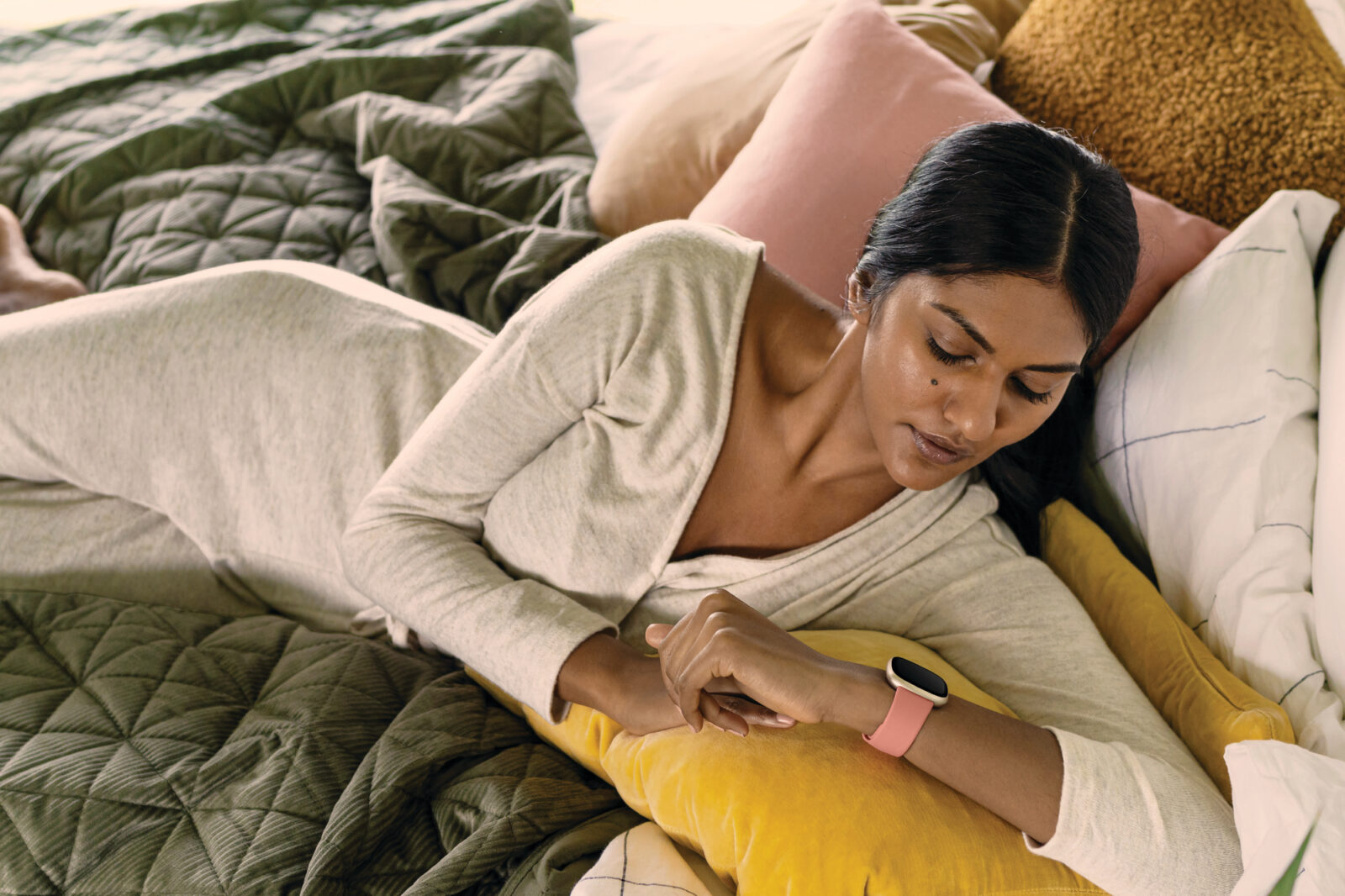

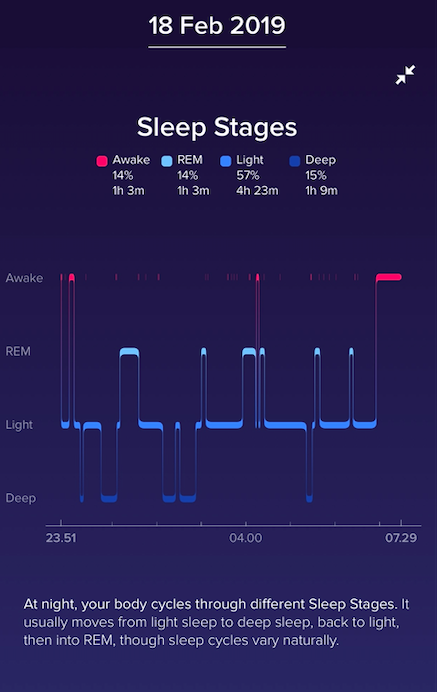
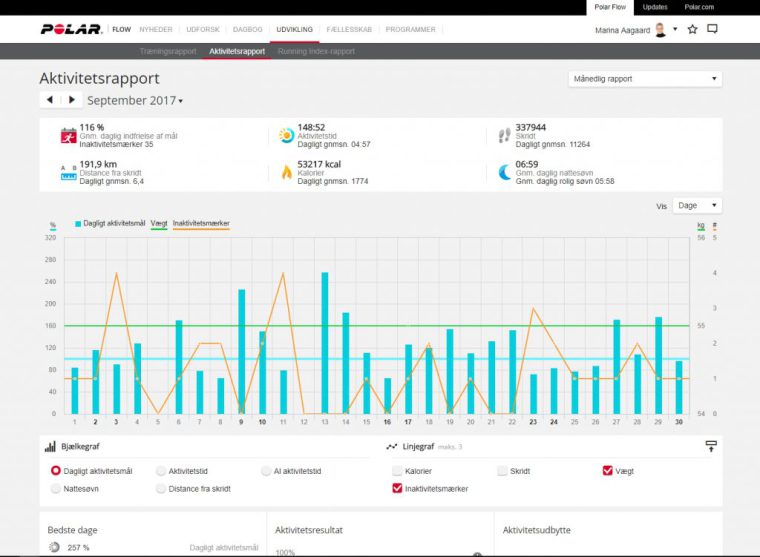
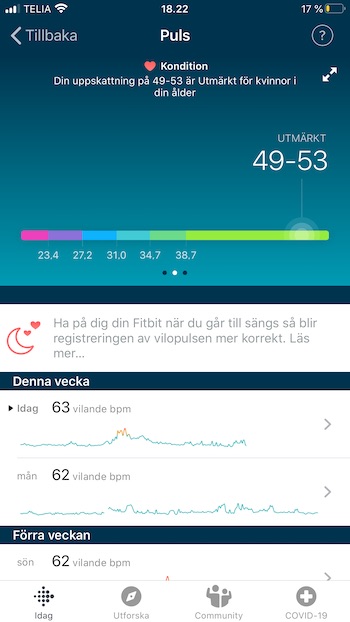

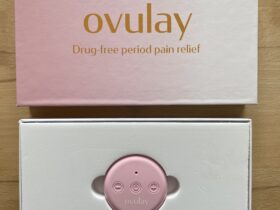





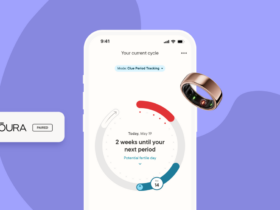
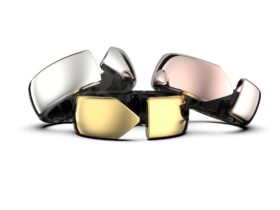
Follow us on social media